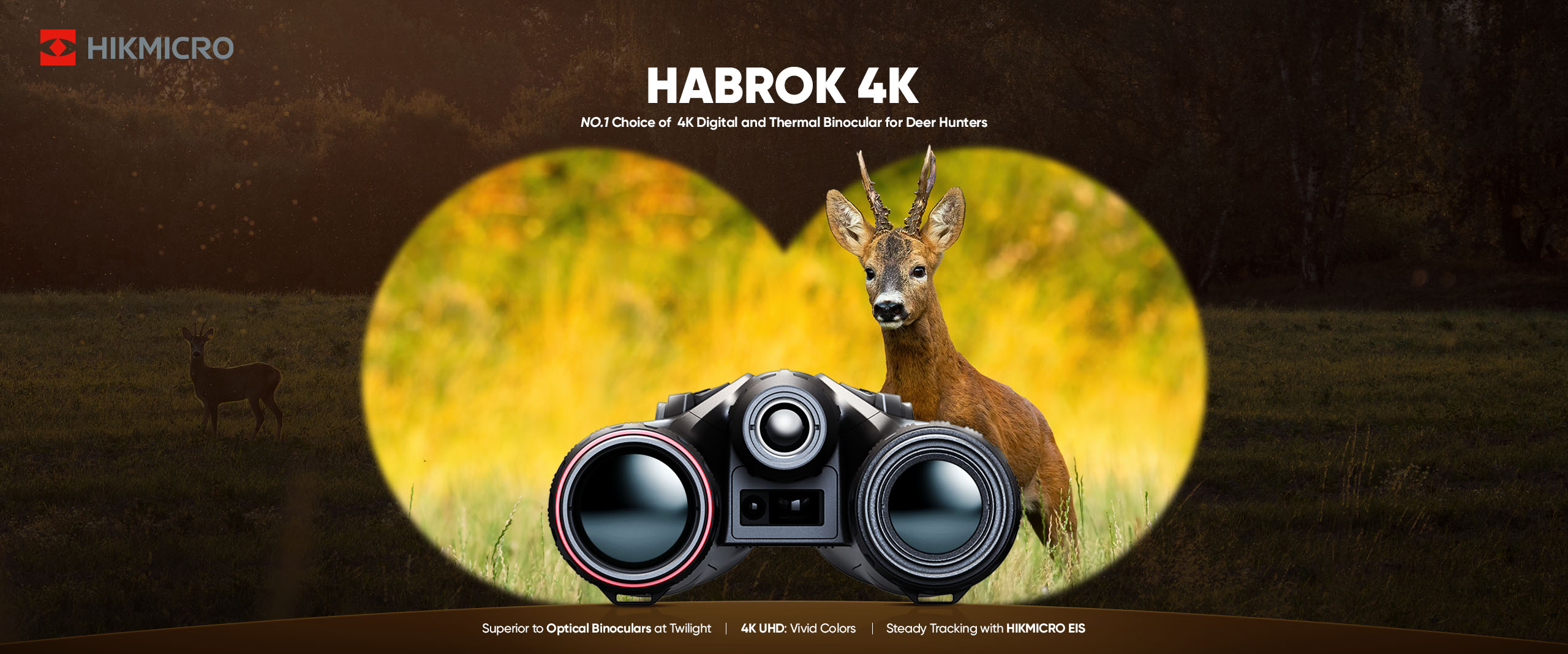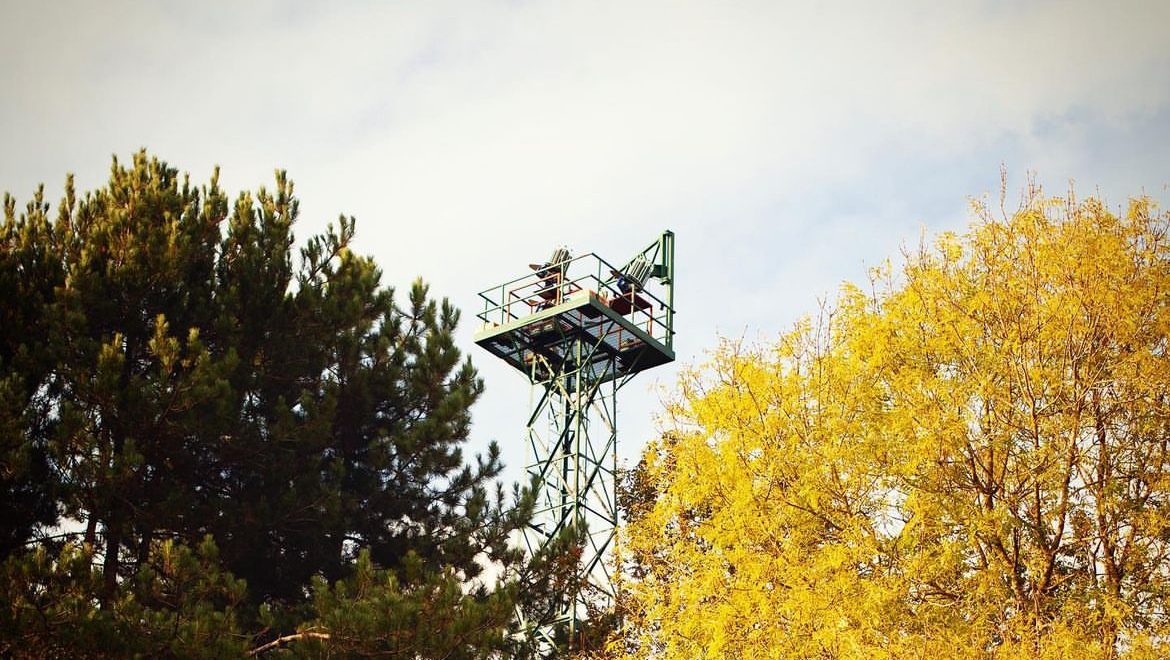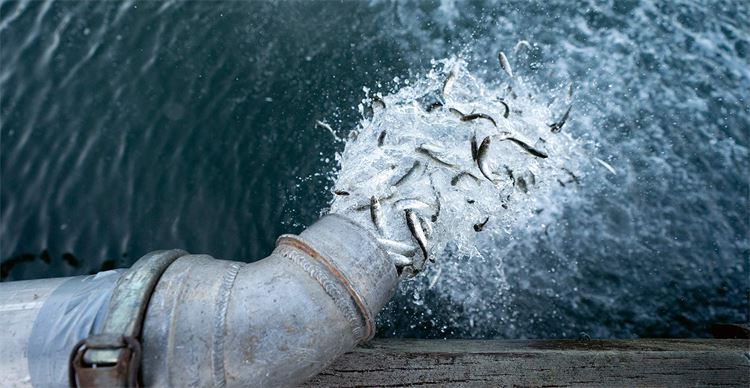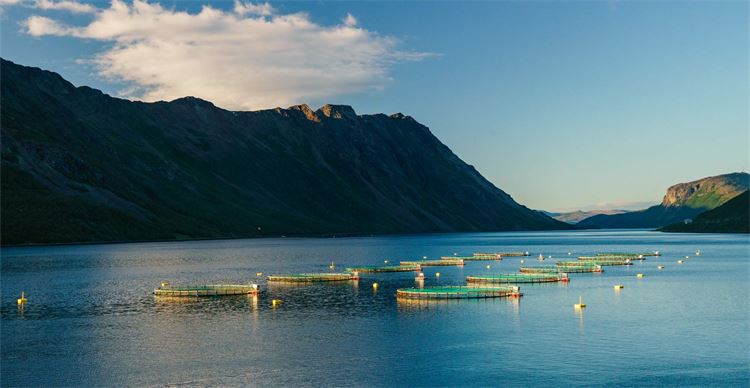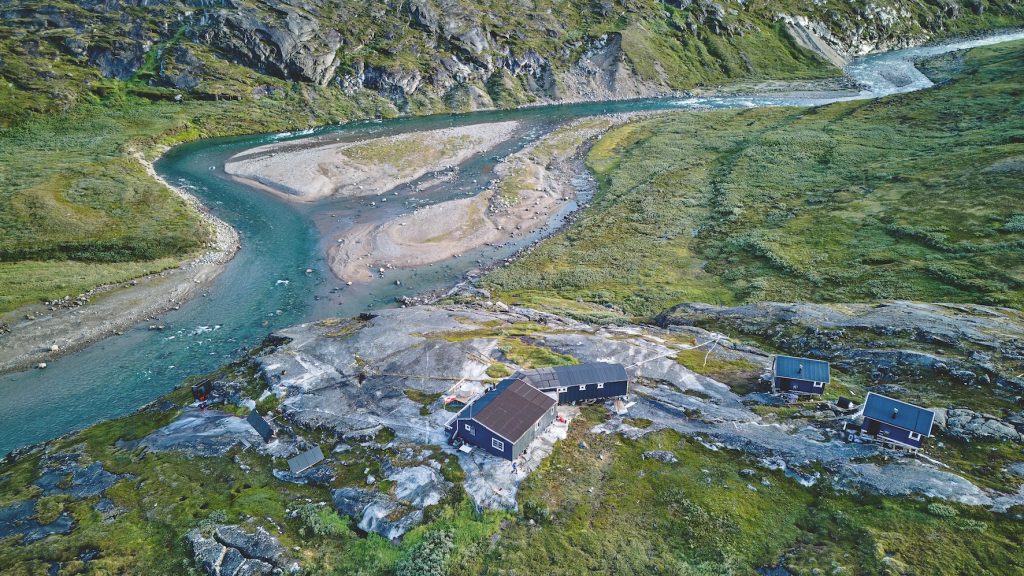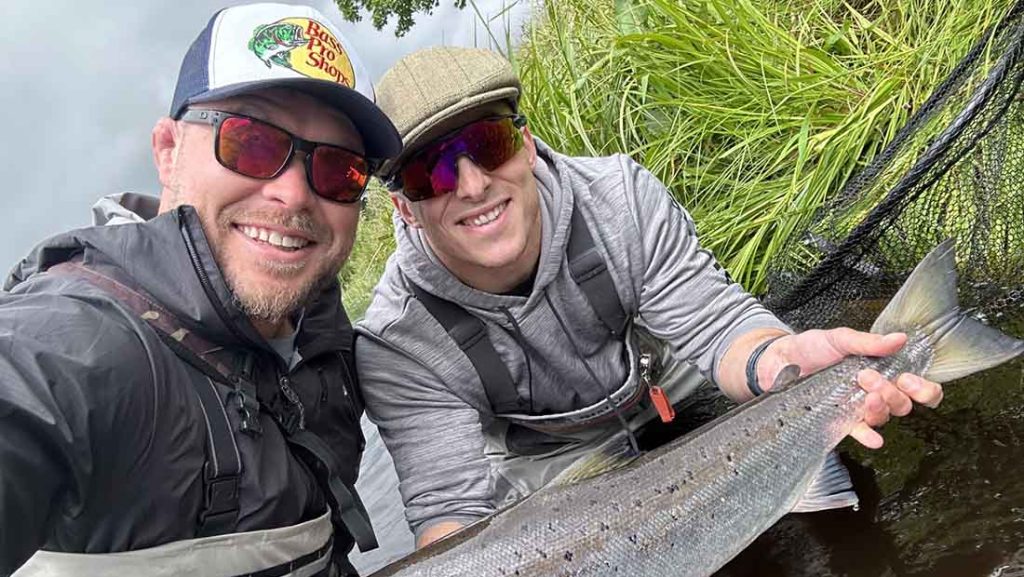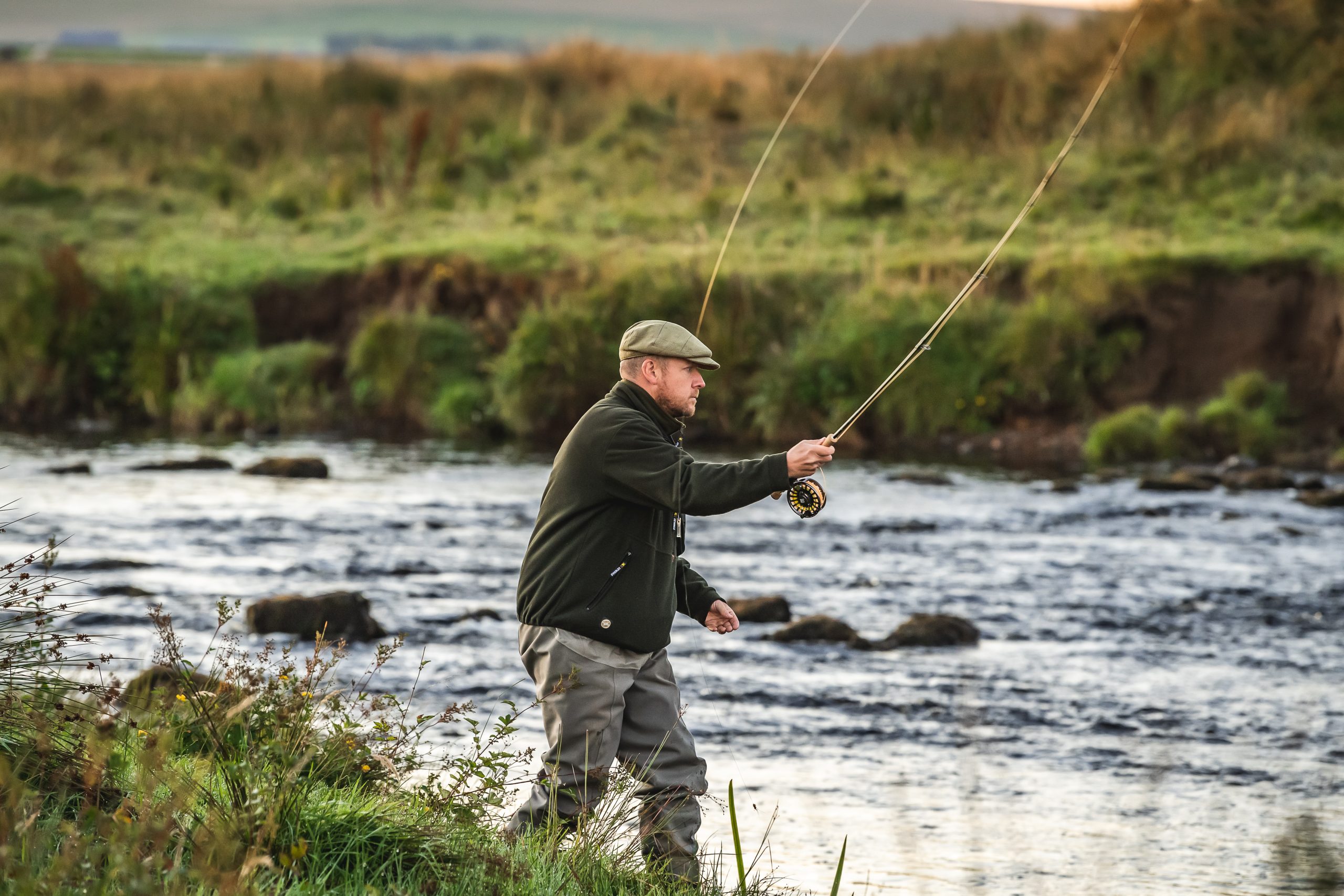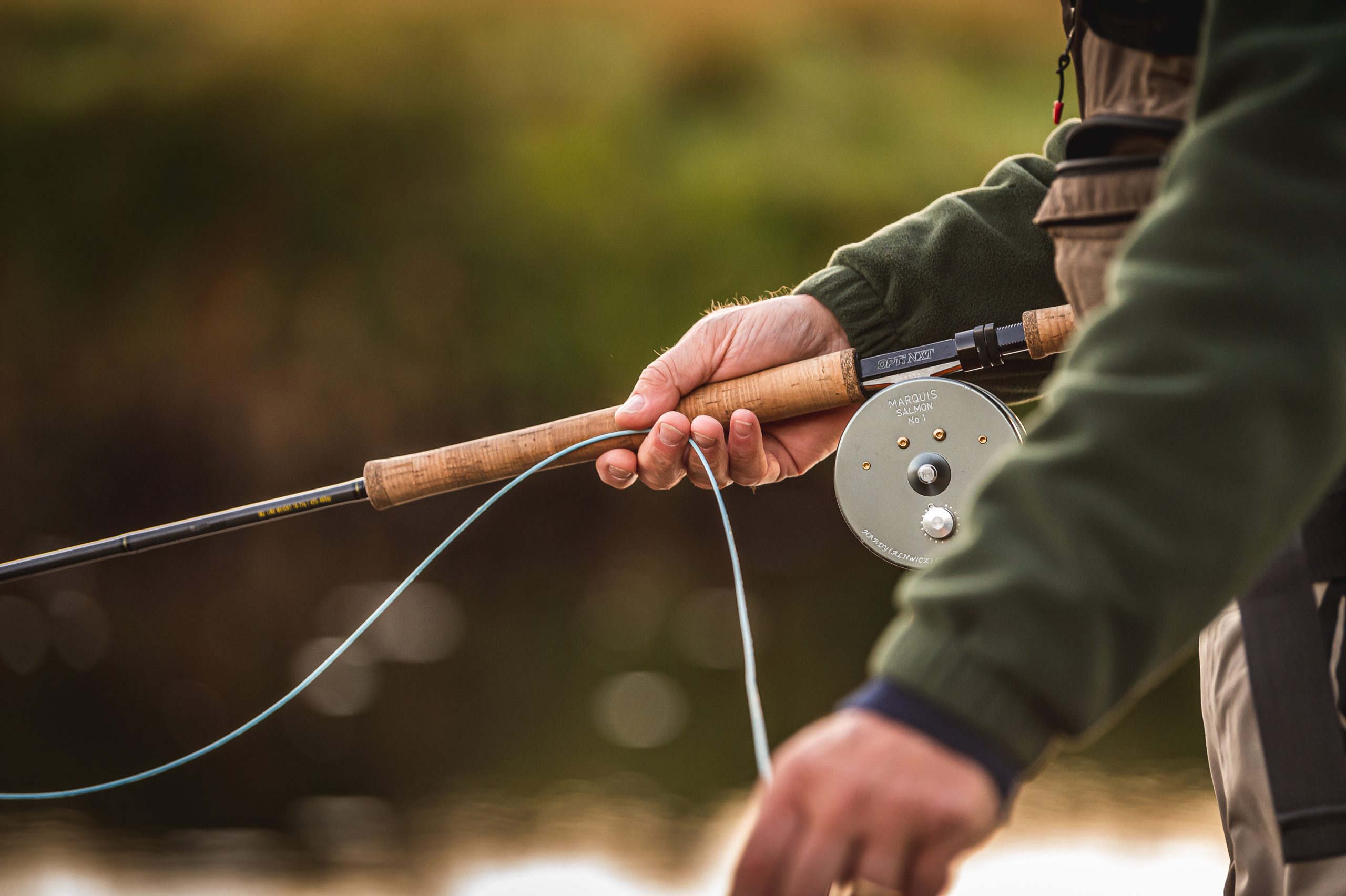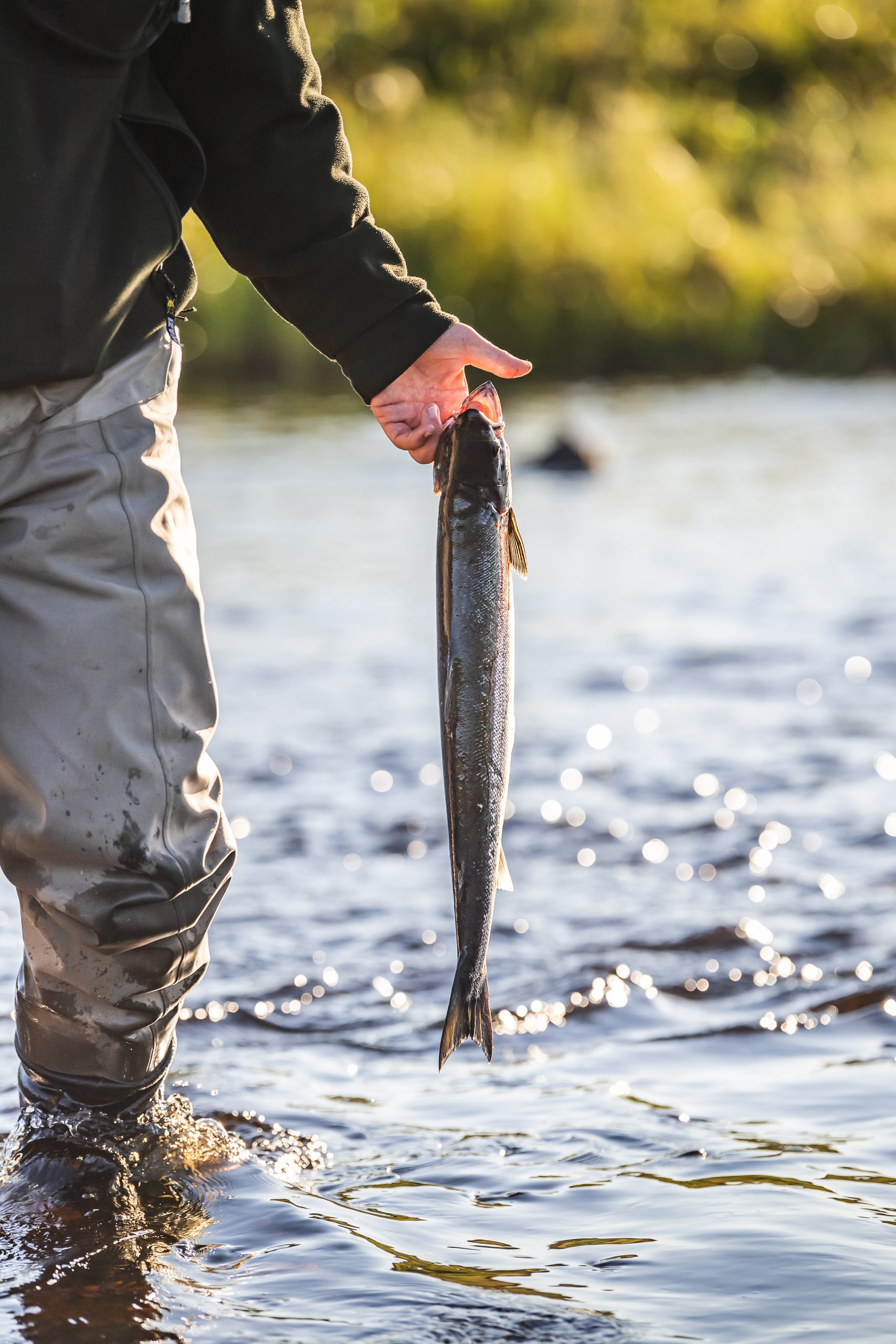Fly fishing
An Interview with Mikael Frödin
The professional fly-tyer and salmon guide who has devoted his whole life to the art of fishing for Atlantic salmon. Starring in Patagonia’s film Artifishal, he highlights the great challenges they face.
Would you like to appear on our site? We offer sponsored articles and advertising to put you in front of our readers. Find out more.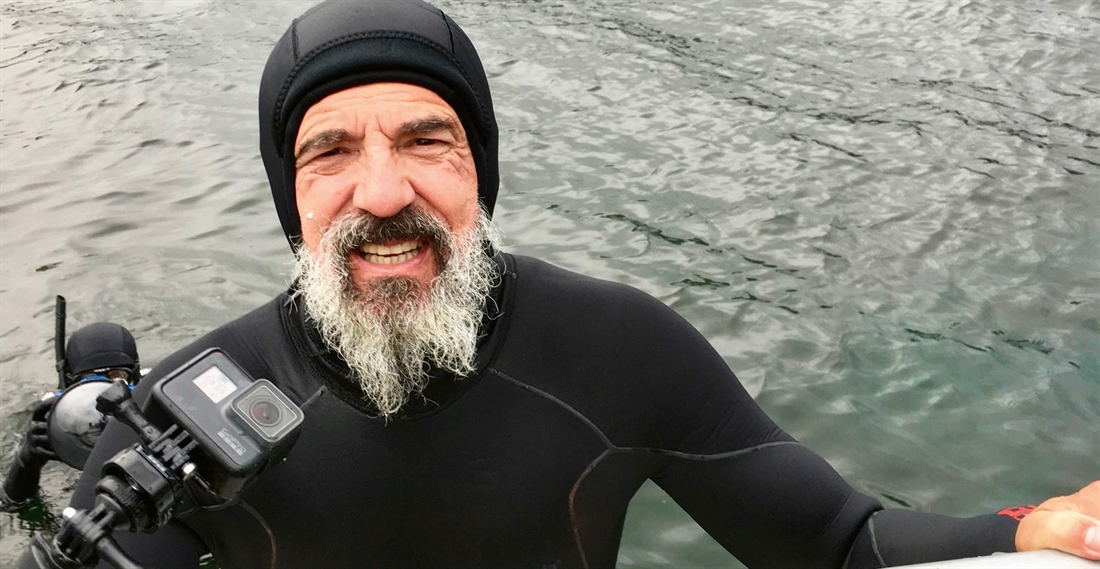
Tell us a little about your background
I grew up in a town called Uppsala. The early focus of my sporting career was as a sailor and I ended up in the Swedish team. I started fishing when I was very young and began tying flies when I was 10 years old. But fishing was a hobby and sailing took most of my time. When I decided to quit my sailing career, I had a lot of time to do other things, and I got the chance to start guiding; since that time I’ve been a full-time professional. I never had a proper job, although I studied chemistry and was slowly on my way to following in my father’s footsteps and becoming a doctor. Today I look back and it’s been a good life. It’s fantastic when people can do what they love most in life.
Can you remember the first Atlantic salmon you caught?
I caught a couple in 1977. I caught my first Norwegian salmon on the opening day of the River Orkla in 1983. It weighed 8kg (17½lb) and was special because it was caught on a fly at a time when people were mostly fishing with spinning rods on the opening days. The papers came and wrote about it.
Which rivers do you fish most regularly?
I’m really spoilt. I love the spring fishing on the Dee in Scotland, I fish on the Karlovka and Litza on the Russian Kola Peninsula every year, and on the Alta and various rivers on the Norwegian West Coast. Here in Sweden I fish the River Em and the River Morrum. I also travel to Iceland on an annual basis. And have fished the Gaspé Peninsula rivers a few times.
How often do you fish?
It depends on the fishing conditions. I used to do 250 days a year, but now it’s more like 100 days – some years it’s 100; some years it’s 140. I’m lucky to receive a lot of invitations.
How many salmon have you caught in your lifetime?
People like to know these things and I’ve decided I’m not going to tell. It’s one of those things. I write down every fish I catch, but I can tell you that I have caught 21 over 40lb and 250 over 30lb. There is nothing to gain from sharing such information; it’s a personal thing. I’ve had more than 6,000 fishing days on salmon rivers around the world; people can take a rough guess from that information if they wish. For me, the experience is everything when salmon fishing; stats and numbers aren’t the be all and end all.
What’s your go to set up for salmon?
I’ve worked with different manufacturing businesses over the years, and right now I’m experimenting a little bit with my own stuff. When it comes to tackle, I almost always go with two rods with two different lines. I think the different line set-up is one of the really important, key factors.
What are the greatest threats to international Atlantic salmon populations?
In my eyes, the greatest threat is no doubt the fish farming industry. Just look at Norway; the salmon population has more than halfed there over the last 10–15 years.
The scientists also tell us that fishing farming is hugely detrimental to our wild fish. The spread of disease from fish farming; the sea lice infestations and the escapees from the fish farms diluting the wild genetics are all huge problems.
In 2016 they did a genetic assessment of the Norwegian rivers and I was one of those pushing for that. Everyone was talking about sea lice, and that is a big problem, but I was more scared of the genetic pollution. In 2017 ICES Journal of Marine Science found that 60 per cent of Norwegian rivers had salmon population with changed DNA, 20 per cent of which were in such a bad state they think they might be lost forever, and that’s pretty scary.
In your opinion, what are the most important steps that need to be taken to reverse the trend?
When we made the film Artifishal, I was accused of and convicted for trespassing on a fish farm. I got into a pen and filmed the farmed fish to show the world how bad it really is.
Thankfully, things do seem to be improving. In Norway, local politicians have started to question the fish farming industry and its practices.
I believe in the power of the consumer. If enough of us can stop eating farmed salmon from open pens, that will affect the industry and influence the politicians. The thing is, it’s not a question of whether or not the industry is going to move into closed systems, because it will for sure; it’s a matter of how long this will take. We don’t have any time. If we want to save the wild salmon for the future, we need change to happen now. We have maybe one decade and then it’s gone. So, what we can do is start questioning the industry and also questioning the truth.
We estimate it takes 2–5kgs of small fish and soy imported from Africa to produce 1kg of farmed salmon. This is the food of the poor of the world, and from it we create something that is luxury food for a few; there are lots of people eating farmed salmon but it’s still a luxury food today.
We need to question this industry that is ruining ecosystems and driving the wild salmon to extinction. And we need to educate the politicians to help them understand what it’s all about. Since this is happening underwater, there is little awareness of the issues among the general public and politicians. That’s why Artifishal and the film I took in the pen is so shocking for the media: they were completely unaware of this. They look at the salmon on their dinner plates and they can’t imagine that they were treated this way, how bad they looked. Education is vital.
The mortality rates of fish farming in open pens is about 25 per cent. In 2017, 53 million fish died in Norwegian fish farms. That’s a lot of animals. The animal welfare standards here are just terrible. You take all these fish, you put them in a very small area and you have to give them a lot of chemicals to keep them alive, and you still end up with high rates of mortality. It’s bloody terrible.
The solution is to move the industry into closed systems either on land or in closed containments in the sea. This technology exists and we can use it. I’ve been working on this almost full-time since the trial and we can see there are now more companies wanting to expand their business and invest in closed-containment systems. The biggest Norwegian bank also recently agreed to loan money to closed-containment salmon farming. Previously they said no because they thought it was too risky an operation.
We should also be aware that the European Food Standards Agency have now lowered the safe intake level of dioxins down to one-seventh of what it was before. These toxins are most commonly found in animal fats, and the greatest contributor in our diets is fatty fish. If you look at what the farmed Norwegian salmon contains, in terms of dioxins and toxins, it is pretty awful. We feed our kids this stuff in schools. People still believe what the industry wants to tell us: that salmon are a healthy food.
How did you become involved in the film Artifishal?
I have been a Patagonia ambassador now for three years and Artifishal is a recent project of theirs. They told me they were doing a film about hatcheries and how hatcheries affect wild fish and ecosystems, and they wanted me to be a part of it.
A topic we consider in the film is how the fishing has changed on the Alta, one of Norway’s most iconic salmon rivers. My personal record from over the years show that of the 200 big salmon I have caught on the Alta, the smallest was 8.8kg. Of my catches over the last four or five years, 30 per cent have weighed between 4–7kg. This is a result of a direct change in the DNA of the wild fish caused by the fish farming industry.
It was natural for me to suggest that we would go to Alta, the best salmon river in the world which has the biggest Atlantic salmon in the world. I knew there were major problems and
I knew there was genetic pollution.
The industry don’t want us to know what’s happening underwater and the law tells us we can’t get closer than 20m. You won’t be able to see anything through 20m of sea water. From a journalistic perspective, to collect information I had no choice but to get in there and film this, and it was shocking. We started showing the finished Artifishal film around Europe recently and I’m still taken aback by my own state of shock at how bad it is.
We didn’t even choose a particular pen where we knew there were problems; the pen in question had fish inside it ready for slaughtering. We heard that there were 70,000 fish in this pen which is fewer than normal; a normal pen can hold between 200,000 and 300,000 fish.
In the film I ask the audience to imagine a farmer with 70,000 cows who puts them in a field with no grass, 70–80 per cent of them with fungal infections and open wounds, dead ones lying around everywhere, and others that are blind and malformed. This wouldn’t be acceptable, would it? A farmer would be put in jail fast if he did this, but the fish farming industry is allowed to do this underwater.
It’s hard to understand how the politicians let these few companies ruin the coastline of Norway. The ecosystem has collapsed in many of the fjords. Corin Smith, the Scottish filmer and activist estimates that the salmon population is 10 per cent of what it was on the West Coast of Scotland because of the fish farming industry. There are practically no sea trout left; the fish farming industry has driven them to extinction.
Further afield, I would say there is about 1,000km of collapsed coastline in Chile where the Norwegian fish farming industry (the same companies) have been producing a lot of fish now for a long time. And then you have the problems in British Columbia. Washington State in the US has now closed down the open pens because of what happened with a big collapse in wild salmon stocks in Puget Sound.
They are trying to expand in Iceland, too. I have been to Iceland three times now to trying to support NASF in their work to stop this from happening. It’s crazy actually because Iceland is generally very environmentally aware as a country. If I buy an Icelandic horse and I take it to Sweden I can’t take it back because they are afraid of the ‘genetic pollution’ of their horses, but they’re happy to plonk half a million salmon from Norway and on their coastline? It just doesn’t make sense.
Right now we’re at a critical turning point in Europe where the entire industry could shift away from the destructive method of farming salmon in open nets that allow diseases, parasites and pollution to pour out into the environment. But this transition won’t happen without a lot of pressure to create the laws and incentives that experts say are urgently needed in these countries.
We are hoping that the Icelandic government will decide to allow only closed-containment farming. If this happens, it will be the biggest breakthrough so far in our struggle – this is why we have been focussing on Iceland and also why the premiere of Artifishal was in Reykjavik.
We have lost our respect for Earth’s ecosystems. It’s as though man can play with the ecosystems whichever way he wants, and these companies are raping nature. When you go to the Chilean coast you can fish for sea trout, Atlantic salmon, steelhead, king and silver salmon all in the same river. Some fisherman think this is great; the fishing can be good, and the public doesn’t react because they are fishing in abandoned water. But if in the Swedish forest the moose hunter were to meet a lion, a polar bear, a giraffe and a kangaroo then all hell would break loose, and that is what’s happening here. We need to understand that the ecosystem is not ours to play with, we are actually part of it and we need to find a balance.
In my speeches, I show my kids at three, four, and five years old celebrating catching these fantastic fish. Both my kids are now in their 20s and they have enjoyed catching numerous Atlantic salmon on the fly. I had the chance to share with them what I think is the most fantastic thing in life, but one thing is 100 per cent sure: if the fish farming industry keeps on doing what they do now, my kids will not be able to do the same with their kids, because the wild Atlantic salmon will be gone.
Related articles
Fly fishing
On a spey quest
Avid fly angler and photographer Rasmus Ovesen embarks on his first ever trip to Greenland and loses his bubbling spey heart to the Kangia river
By Time Well Spent
Get the latest news delivered direct to your door
Subscribe to Fieldsports Journal
Elevate your experience in the field with a subscription to Fieldsports Journal, the premium publication for passionate country sports enthusiasts. This bi-monthly journal delivers unparalleled coverage of game shooting, fishing and big game across the UK and beyond.
Each issue offers a stunning collection of in-depth features, expert opinions and world-class photography, all presented in a timeless yet contemporary design. By subscribing, you’ll gain access to authoritative content from plain-speaking writers who tackle complex subjects with confidence and experience.
Plus, UK subscribers enjoy exclusive benefits including £2 million Public Liability Insurance for recreational and professional use of shotguns, rifles and airguns. Whether you’re a seasoned shooter or an intrigued novice, a Fieldsports Journal subscription is your gateway to enhancing your field sports endeavors and staying connected to the country way of life.


Manage Consent
To provide the best experiences, we use technologies like cookies to store and/or access device information. Consenting to these technologies will allow us to process data such as browsing behavior or unique IDs on this site. Not consenting or withdrawing consent, may adversely affect certain features and functions.
Functional Always active
The technical storage or access is strictly necessary for the legitimate purpose of enabling the use of a specific service explicitly requested by the subscriber or user, or for the sole purpose of carrying out the transmission of a communication over an electronic communications network.
Preferences
The technical storage or access is necessary for the legitimate purpose of storing preferences that are not requested by the subscriber or user.
Statistics
The technical storage or access that is used exclusively for statistical purposes.
The technical storage or access that is used exclusively for anonymous statistical purposes. Without a subpoena, voluntary compliance on the part of your Internet Service Provider, or additional records from a third party, information stored or retrieved for this purpose alone cannot usually be used to identify you.
Marketing
The technical storage or access is required to create user profiles to send advertising, or to track the user on a website or across several websites for similar marketing purposes.

